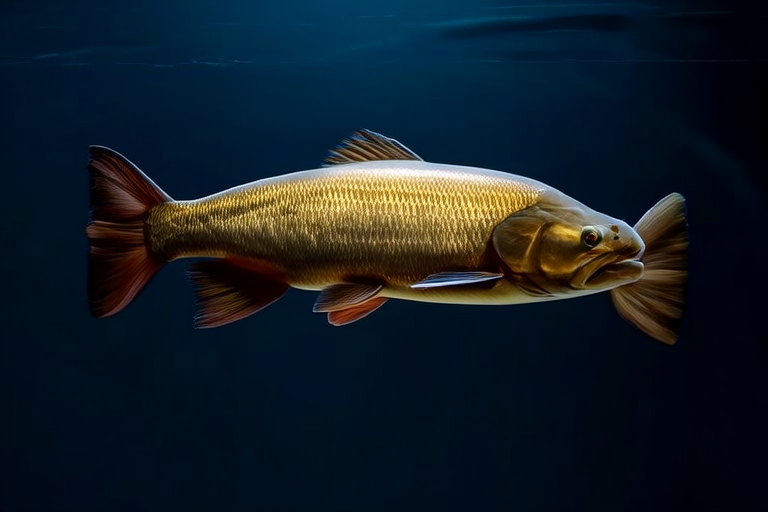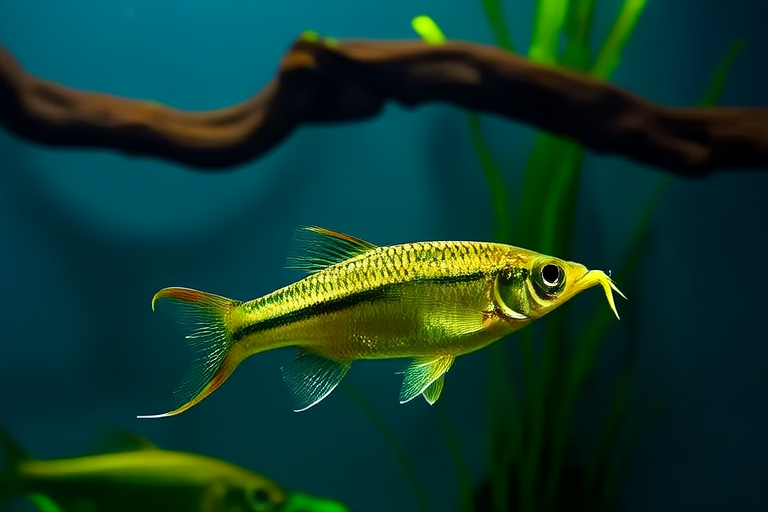
Spectacular Scales: Unveiling the Magnificence of Arowana
The arowana, also known as the Asian bonytongue or dragonfish, is a remarkable species of freshwater fish that captivates both amateur and seasoned aquarists alike. Known for their spectacular scales and ancient lineage, these fish have been revered across cultures for centuries. This article delves into the fascinating world of arowanas, exploring their unique appearance, natural habitats, behaviors, dietary habits, cultural significance, and the challenges they face in the wild. We will also discuss conservation efforts and provide tips for responsible ownership.
Introduction to the Arowana Species
The arowana belongs to the family Osteoglossidae, which includes some of the oldest known fish species. These prehistoric survivors have managed to thrive despite significant environmental changes over millions of years. Their most striking feature is their shimmering, metallic scales, which range from silver to green, gold, or red, depending on the species. The scales themselves are large and bony, providing excellent protection against predators while adding to their majestic appearance.
Origins and Natural Habitats
Arowanas are native to parts of Africa, South America, and Asia, particularly Southeast Asia. They inhabit slow-moving rivers, swamps, and floodplains, preferring areas with dense vegetation and plenty of hiding spots. The species found in different regions have adapted to their specific environments, showcasing a range of survival strategies. For instance, the Asian arowana (Scleropages formosus) has evolved to thrive in brackish waters near river mouths, while the African arowana (Heterotis niloticus) prefers more acidic conditions.
In their natural habitats, arowanas face various challenges, including predation and competition for resources. Their bony scales and strong jaws help them fend off potential threats, while their ability to leap out of the water allows them to escape danger or catch aerial prey. Despite these adaptations, human activities such as deforestation and pollution pose significant threats to their survival.
Behavior and Diet
Arowanas are territorial and aggressive, especially towards other arowanas. Males are particularly protective of their territories and breeding sites. During the breeding season, males construct nests and guard the eggs until they hatch. Once hatched, the fry remain close to the male for several weeks, relying on his protection and care.
These fish are carnivorous, feeding primarily on insects, crustaceans, and smaller fish. Their powerful jaws and sharp teeth enable them to capture and consume a wide variety of prey. In captivity, it’s essential to provide a balanced diet consisting of high-quality pellets, live or frozen foods, and occasional treats like feeder fish.
Cultural Significance
Arowanas hold significant cultural value in many parts of the world, particularly in Asia. In Chinese culture, the fish is considered a symbol of good luck and prosperity, often associated with the mythical dragon. As a result, owning an arowana is seen as a status symbol, and the fish is sometimes referred to as the “dragon of the water.” In addition to their symbolic importance, arowanas are also admired for their beauty and resilience.
Due to their cultural significance and growing demand in the aquarium trade, arowanas have become increasingly rare in the wild. Overfishing and habitat destruction have placed many species at risk of extinction, prompting conservation efforts and regulations aimed at protecting these magnificent creatures.
Conservation Efforts
Several organizations and governments are working tirelessly to conserve arowana populations and protect their habitats. One key strategy is the establishment of protected areas and wildlife reserves where arowanas can thrive without human interference. Additionally, captive breeding programs have been initiated to ensure genetic diversity and reduce pressure on wild populations.
Efforts are also being made to raise awareness about the importance of preserving arowanas and their ecosystems. Educational campaigns and community outreach programs aim to promote sustainable fishing practices and encourage the protection of aquatic habitats.
Tips for Responsible Ownership
If you’re considering keeping an arowana as a pet, it’s crucial to approach ownership responsibly. First and foremost, ensure that your tank or pond provides ample space for the fish to swim freely and grow comfortably. Arowanas require a minimum of 300 gallons of water per adult fish, with additional space for growth.
Provide a suitable environment by maintaining clean, well-oxygenated water and offering hiding spots and plants. Regular water changes and monitoring of water parameters are essential for the health and longevity of your arowana.
Finally, be mindful of the impact your ownership has on wild populations. Only purchase captive-bred arowanas from reputable breeders and avoid contributing to the illegal trade of endangered species.
In conclusion, the arowana is a truly magnificent creature, combining ancient heritage with stunning beauty. By understanding and respecting their unique characteristics, we can contribute to their preservation and ensure that future generations have the opportunity to admire these incredible fish. Whether in the wild or in our homes, arowanas continue to inspire awe and wonder, reminding us of the incredible diversity and adaptability of life on Earth.






